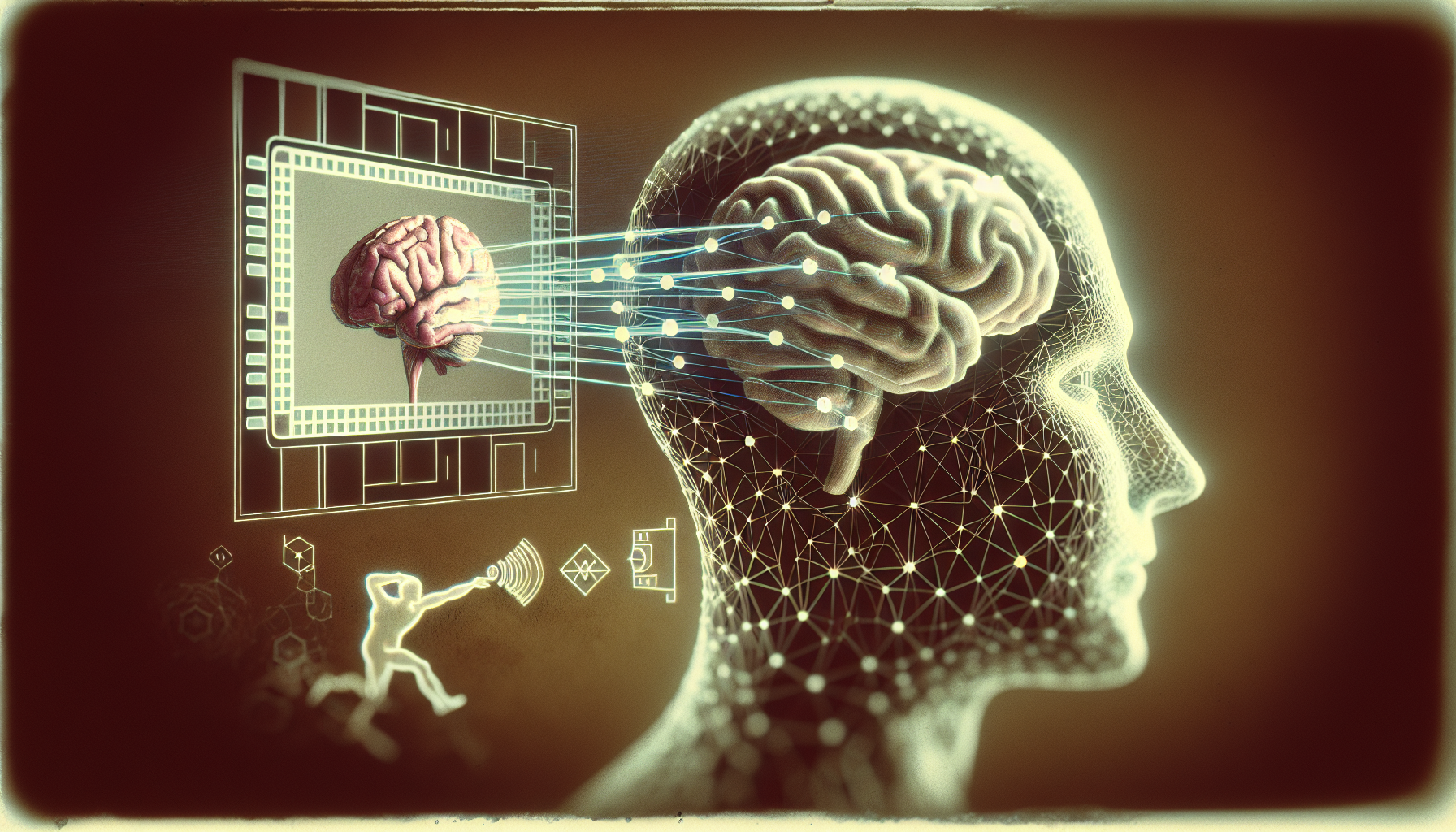In a remarkable development, scientists from Scripps Research have unveiled an AI model named MovieNet. This groundbreaking technology can watch and understand videos in a way that closely resembles the human brain. It’s a significant step forward, enhancing AI’s ability to process and interpret moving visual data.
Inspired by How Our Brain Works
MovieNet is created to function like our brain does when it sees things. Traditional AI models are good at recognizing still images, but MovieNet goes beyond that by understanding dynamic scenes. This achievement is grounded in studying how neurons work in the brain, particularly focusing on tadpoles’ optic tectum neurons that respond to motion. Senior author Hollis Cline, from the Dorris Neuroscience Center at Scripps Research, led this initiative, drawing insights from these complex neural processes.
Recognizing Patterns in Motion
Our brains craft a continuous visual story by picking up and merging various visual signals over time. MovieNet emulates this by breaking down videos into key sequences, similar to how our brains piece together moving images into clear scenes. This structure enables MovieNet to efficiently recognize patterns and sequences, helping it notice even slight variations in dynamic scenes.
Impressive Testing Outcomes
The team put MovieNet through its paces using videos of tadpoles swimming under different conditions. The results were outstanding: MovieNet identified normal versus abnormal swimming behaviors with 82.3% accuracy, surpassing human observers by 18% and outdoing AI models like Google’s GoogLeNet, which achieved 72% accuracy despite its robust training.
Efficiency and Environmental Friendliness
One of MovieNet’s striking features is its energy efficiency. Traditional AI models often demand massive computational power and resources, impacting the environment negatively. However, MovieNet prioritizes essential sequences, maintaining performance while reducing energy consumption. This makes it a sustainable choice, allowing for broader AI applications without hefty costs or environmental damage.
Diverse Applications Ahead
MovieNet’s potential spans widely across various sectors. In medicine, it could revolutionize the early detection of health issues, such as neurodegenerative diseases and irregular heart rhythms, by spotting tiny motor shifts. Unlike traditional static methods, MovieNet’s dynamic approach provides richer insight into drug interactions with biological systems over time.
In the realm of autonomous vehicles, MovieNet could boost safety by quickly detecting road or pedestrian changes. Its ability to interpret subtle time-based changes also proves valuable in medical imaging, helping detect anomalies that could signal the onset of diseases.
Looking Toward the Future
The research team is eager to refine MovieNet, enhancing its adaptability across diverse environments and fields. Efforts continue to make it adept at tackling more intricate scenarios and exploring its applications in areas like environmental monitoring and wildlife observation. By further mimicking our brain’s adeptness in processing visual information, MovieNet is set to redefine standards in AI’s analysis of dynamic visual data.
In essence, MovieNet signifies a major breakthrough in AI, offering a more precise, efficient, and sustainable approach to interpreting moving images. As this technology progresses, it holds tremendous promise for transforming numerous industries, paving the way for accurate and environmentally conscious AI solutions.

Leave a Reply